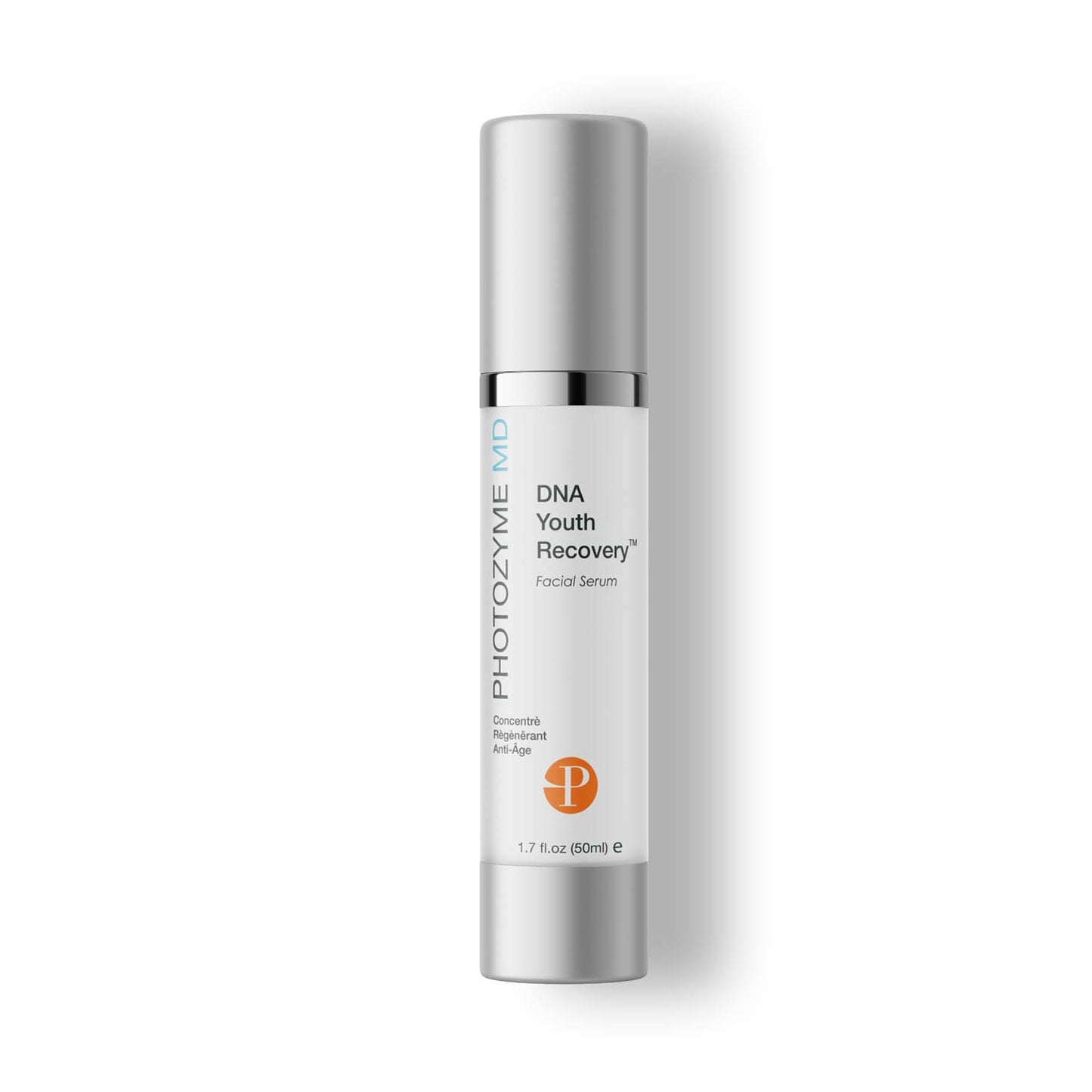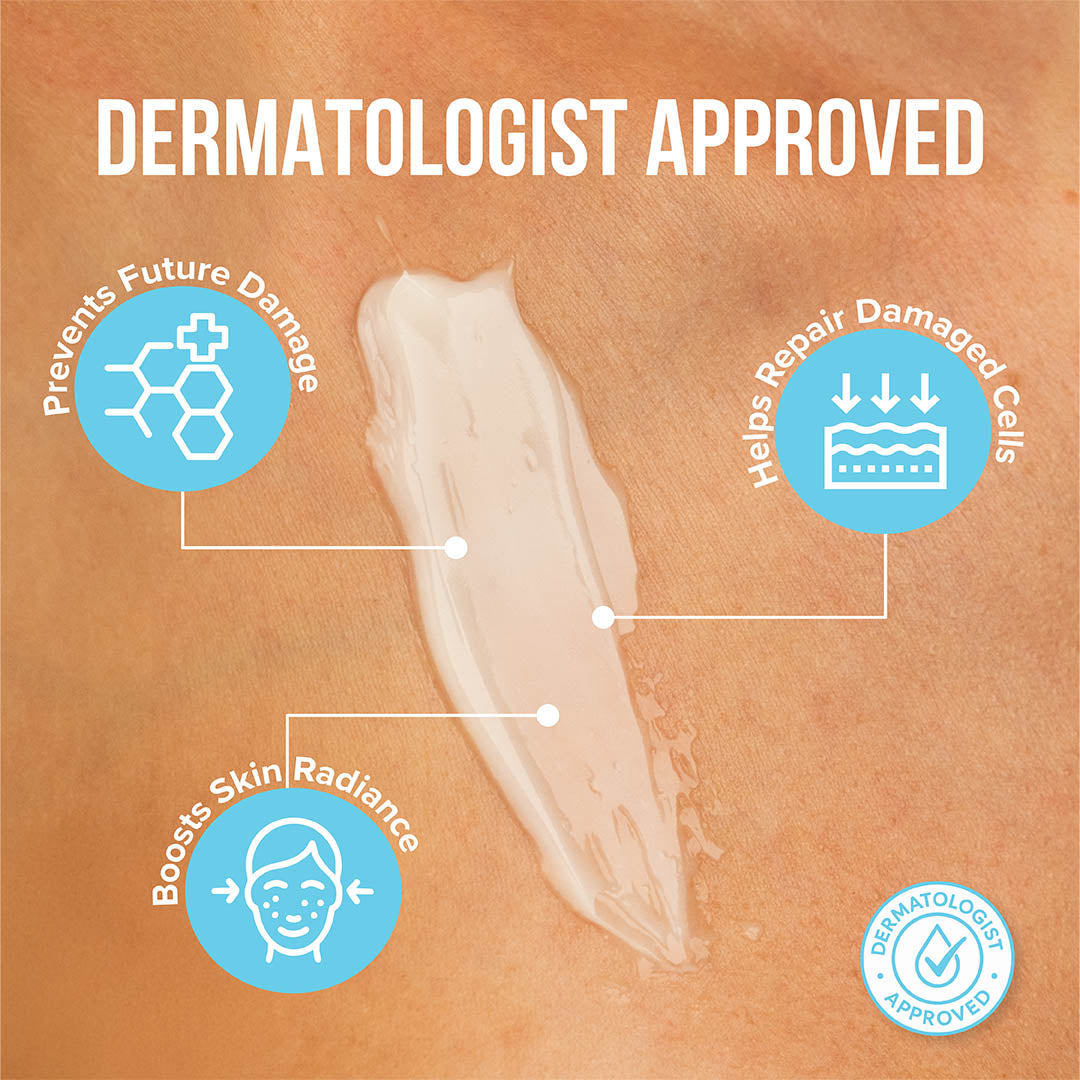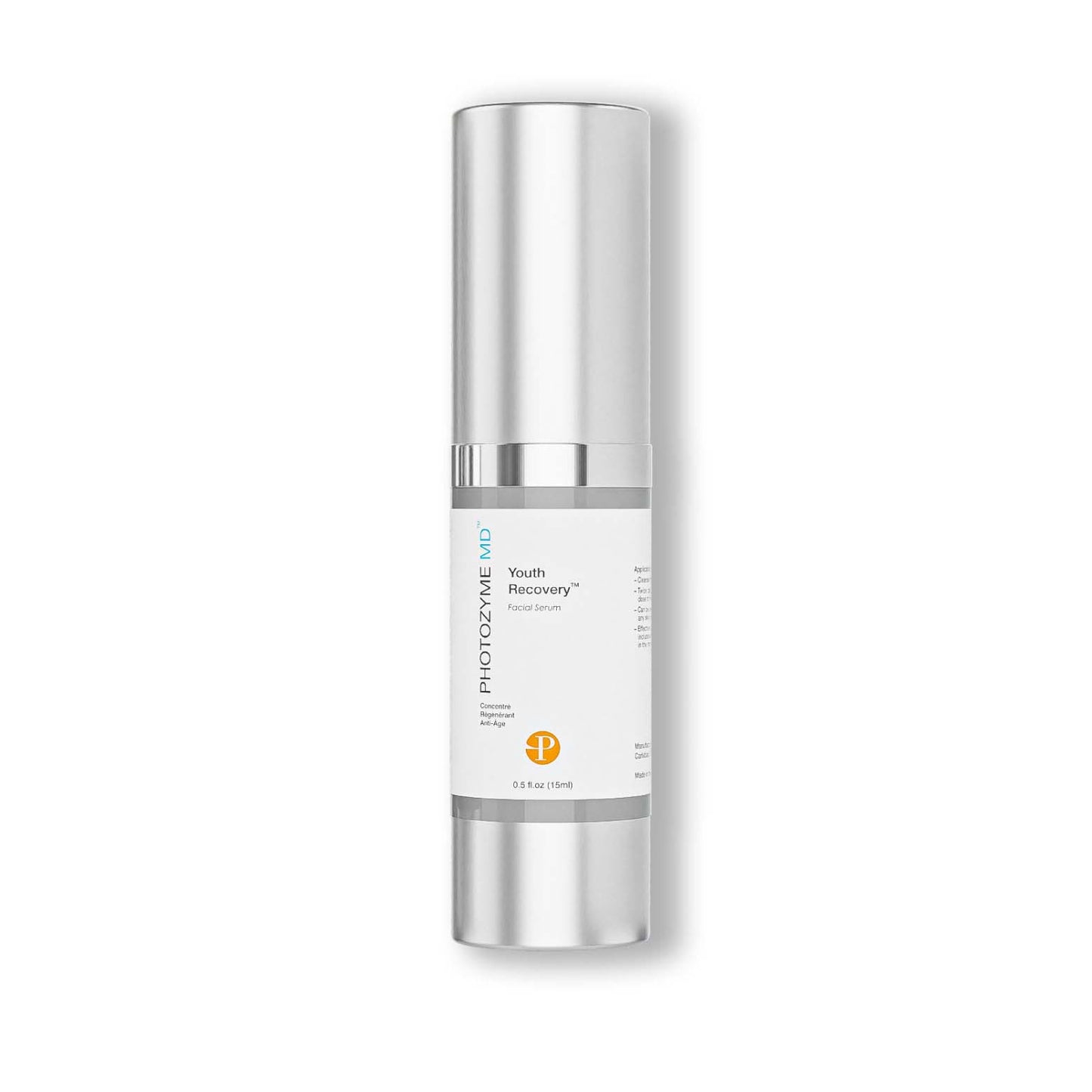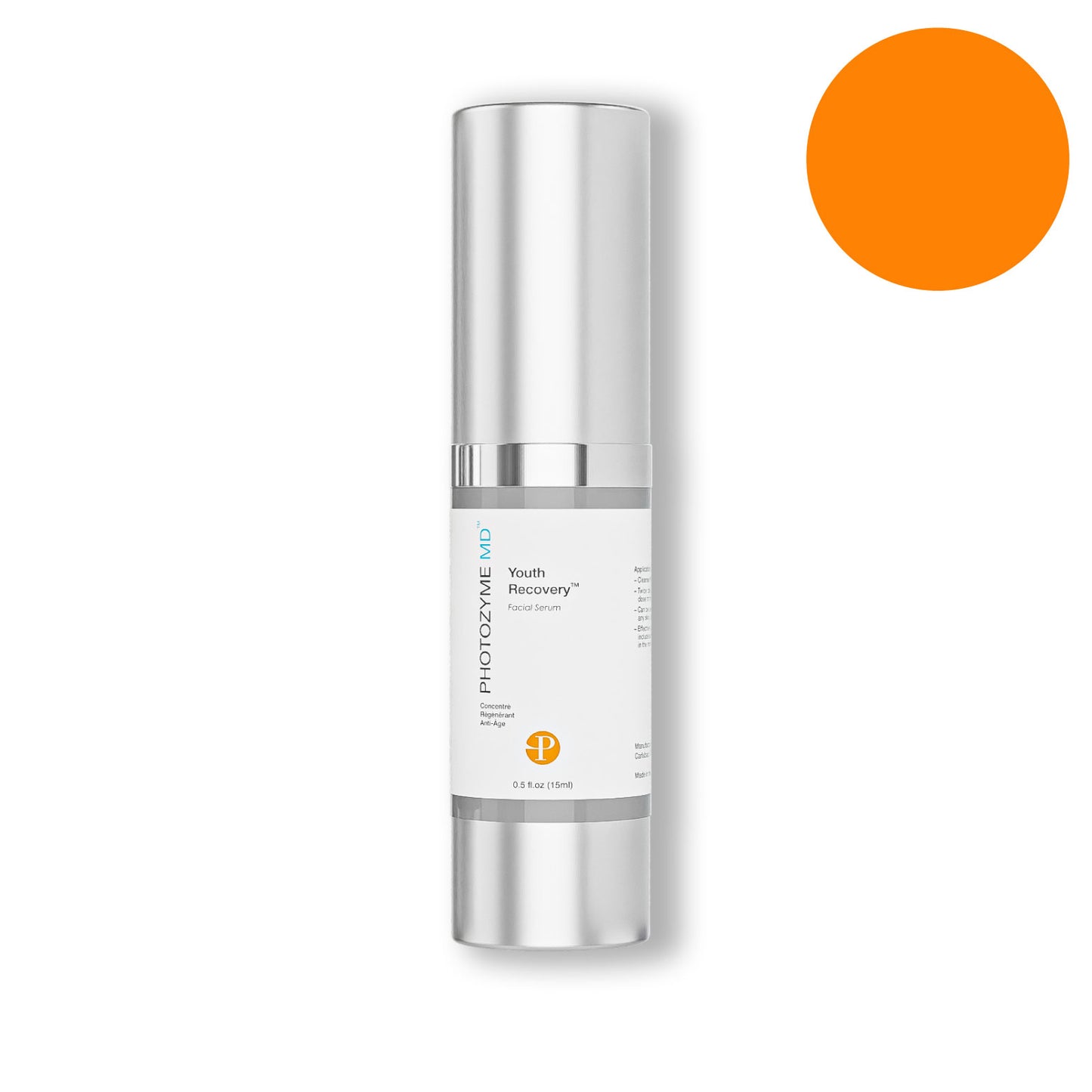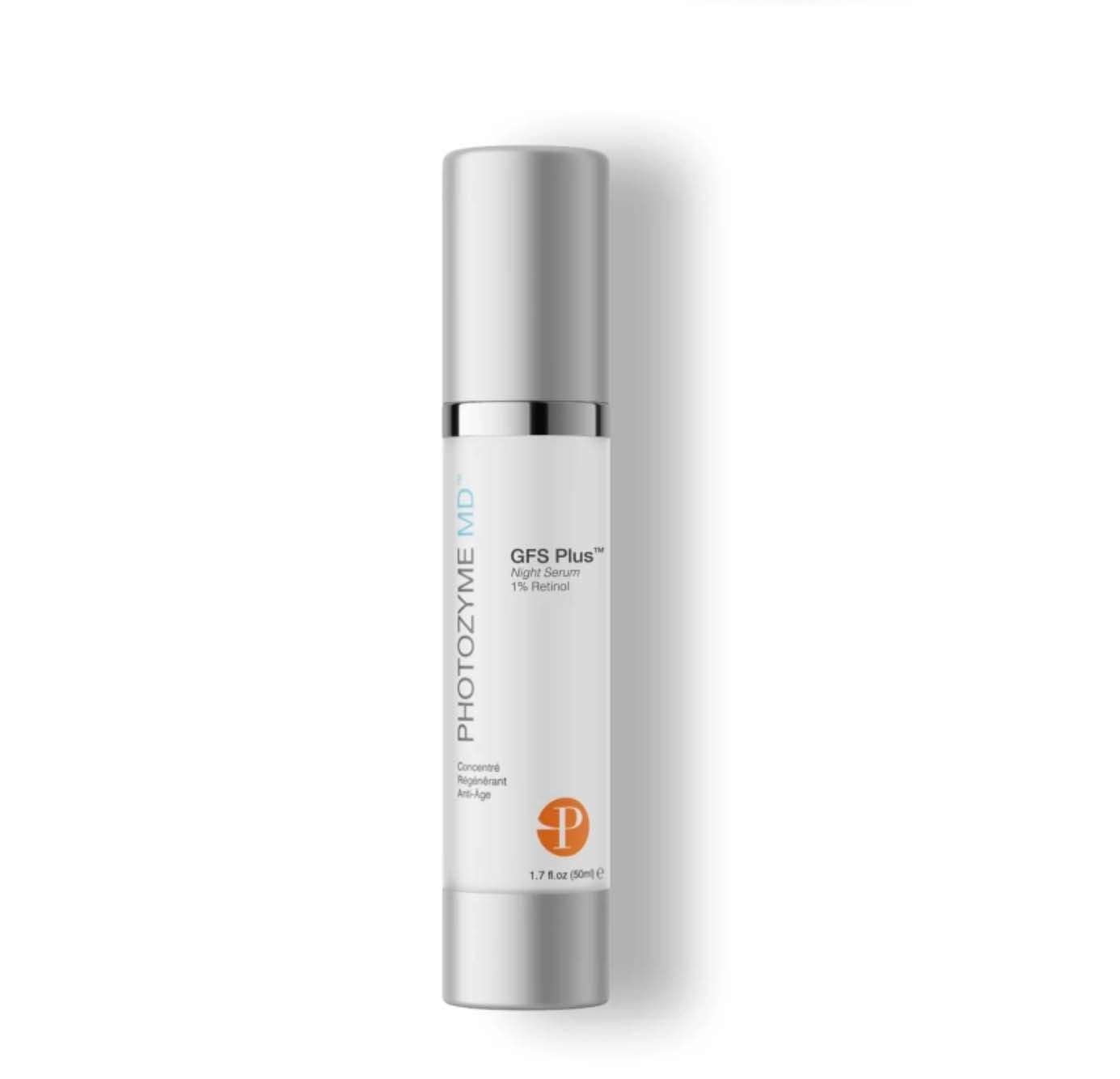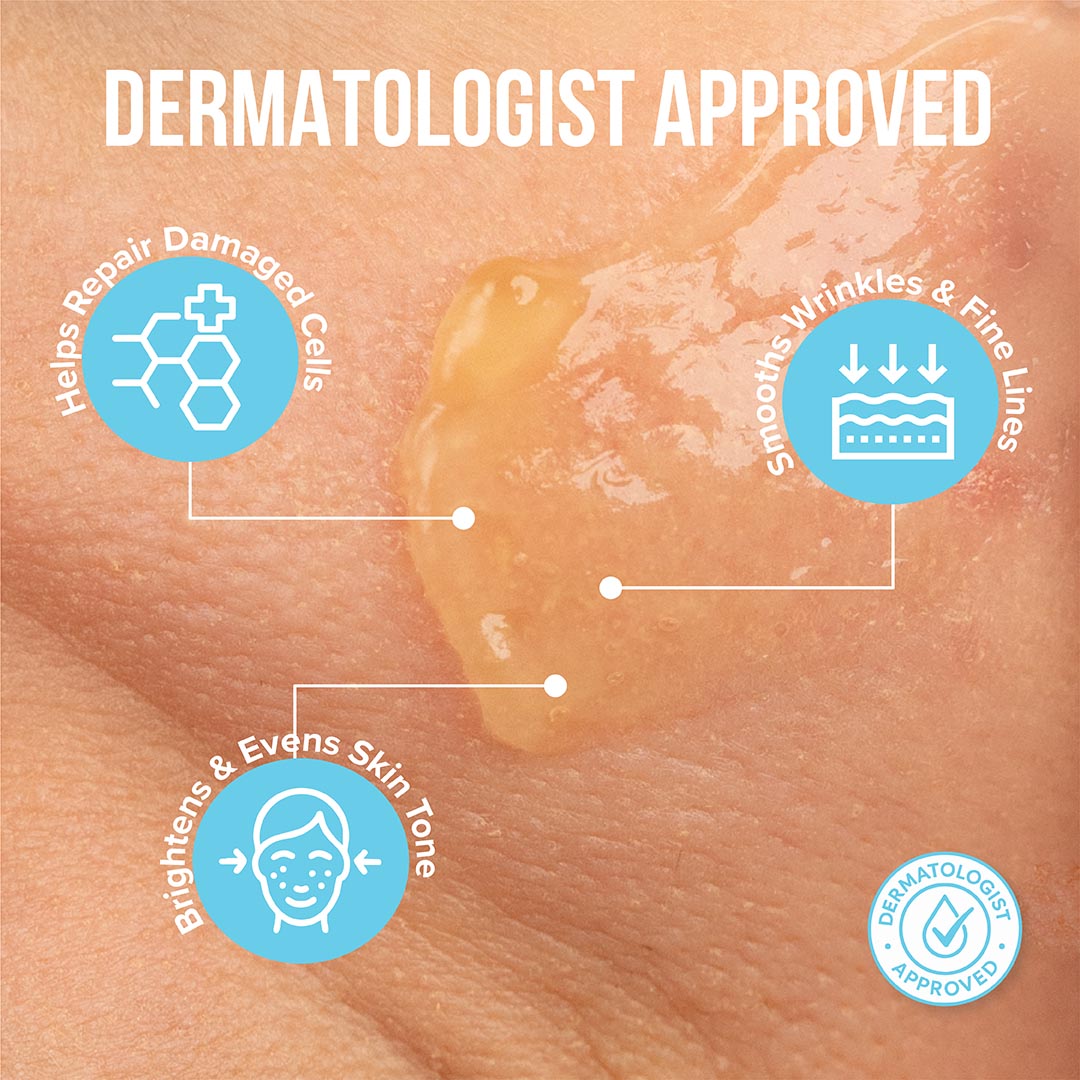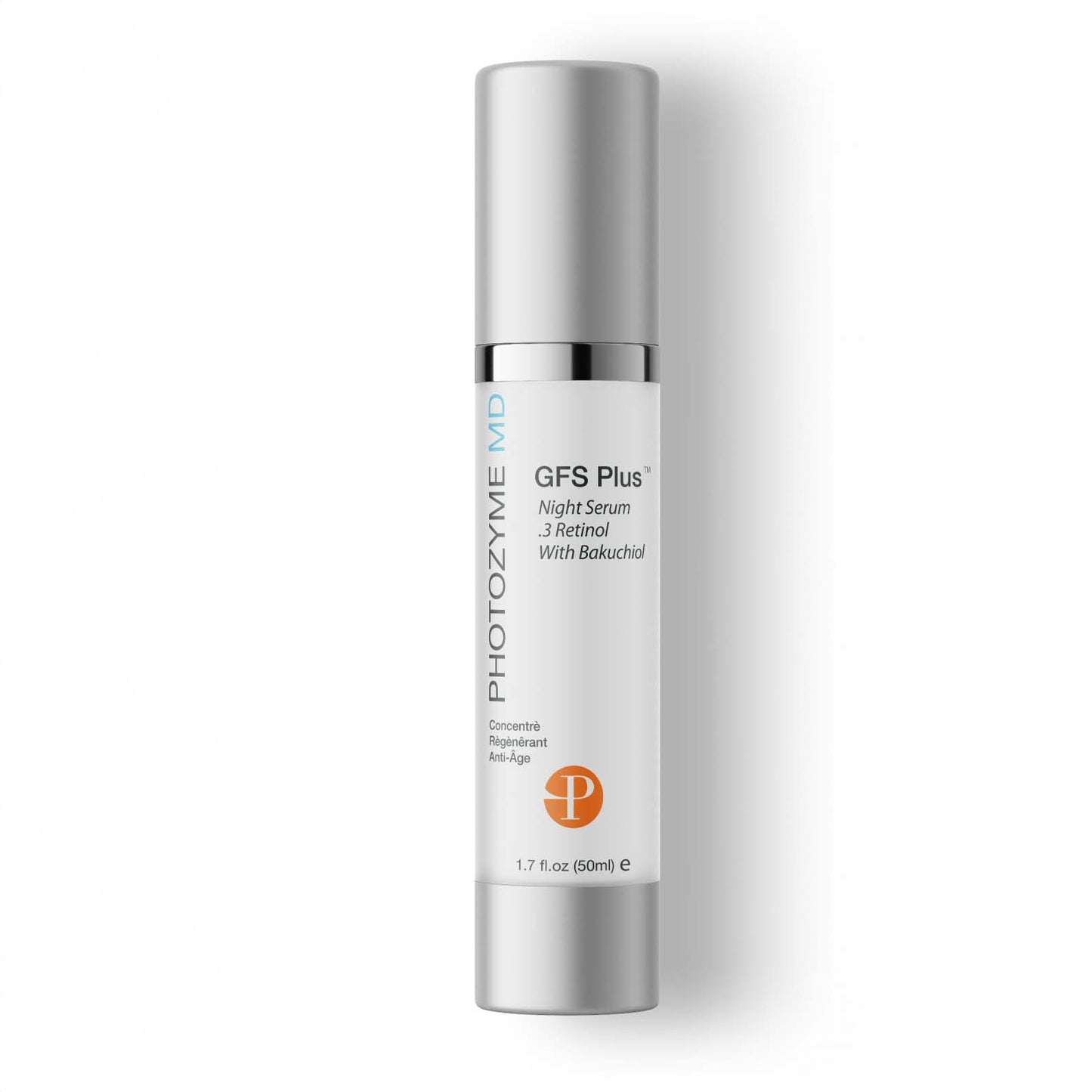“Hydrating serum” and “moisturizer” are often used interchangeably, but they serve distinct and complementary functions within an advanced skincare regimen. Understanding these differences is essential for recommending the most effective protocol, particularly when targeting photodamage or premature aging.
Hydrating Serum
Hydrating serums are lightweight, fast-absorbing formulations designed to deliver concentrated active ingredients deep into the skin. Their primary function is to address dehydration at the cellular level by enhancing the skin’s water-binding capacity. Hydrating serums typically feature smaller molecular structures, such as hyaluronic acid, peptides, or DNA repair enzymes, that penetrate beneath the surface to improve skin texture, elasticity, and resilience. For patients with photoaged skin or those undergoing professional treatments, these serums provide targeted delivery of actives, resulting in measurable improvements in barrier function and collagen synthesis. Choosing the best face serum for women often depends on how well the formulation balances hydration with anti-aging performance.
Moisturizers
Moisturizers, by contrast, are designed to create a protective barrier on the skin’s surface. They seal in hydration and prevent transepidermal water loss (TEWL). Moisturizer formulations often contain emollients, occlusives, and humectants, such as ceramides, squalane, or dimethicone. While moisturizers are essential for maintaining healthy skin, especially in environments with variable humidity or after procedures, they work primarily on the upper layers. They may lack the precision delivery of actives that serums provide.
In essence, hydrating serums act first – delivering critical actives quickly and effectively – while moisturizers follow to lock in the benefits and maintain optimal hydration. Integrating both steps is clinically supported and strongly recommended for robust skin health and defense against environmental stressors.
Hydrating Serum For Prevention And Reversal Of Photodamage
Sun-induced photodamage is a cumulative and persistent threat to skin health, leading to visible aging signs such as fine lines, wrinkles, dullness, and uneven texture. At the cellular level, ultraviolet (UV) radiation compromises DNA integrity, impairs barrier function, and depletes the skin’s reservoir of vital hydration. Scientific research consistently underscores the importance of maintaining skin hydration in shielding against and reversing photodamage.
The Role Of Advanced Hydrating Serums In Skin Defense
A hydrating serum, formulated with advanced biomimetic ingredients and clinically validated actives, plays a pivotal role in this process. Key hydrating ingredients – low and high molecular weight hyaluronic acids, glycerin, and ceramides – work synergistically to attract and retain moisture, fortifying the skin's natural protective barrier. This hydrated environment is essential for optimal enzymatic function and supports the skin’s native repair mechanisms following DNA damage.
Integrating Antioxidant And DNA Repair Technologies
Innovative serums may also leverage next-generation antioxidants and DNA-repair supporting agents to go beyond surface hydration. These contribute to neutralizing free radicals generated by UV exposure and foster the direct repair of DNA lesions. Regularly using a hydrating serum can significantly reduce the appearance of photodamage, diminish the depth of wrinkles, and restore skin elasticity and radiance. Daily protection with sunscreen for dry sensitive skin can further enhance results by shielding compromised skin from additional UV damage.
A Preventive & Corrective Strategy For Long-Term Results
Integrating a science-driven hydrating serum into daily skincare regimens is crucial for patients and professionals focused on prevention and correction. The result is replenished, resilient skin in the short term and long-term preservation of a youthful, healthy complexion even in the face of chronic environmental assaults.
